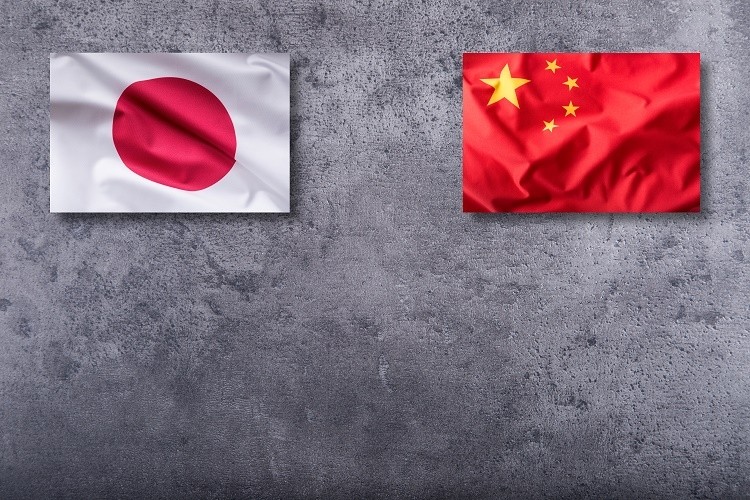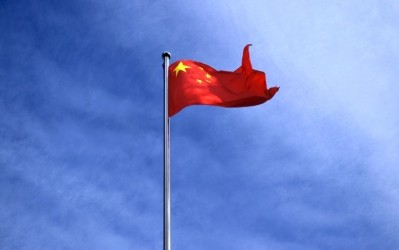Japan v. China: Becoming two of the largest pharma markets in the world

Mingping Zhang, vice president, technical, Parexel Consulting, told us the Chinese pharmaceutical market has been driven by the country’s growing economy and middle class.
Moving forward, the market will see “high growth” over the next 10 years, as health care currently accounts for just 7% of the overall government expense – leaving room to expand, Zhang said.
“The China government promises to invest more in health care and it is the top area for China economic reform, which means the future economic growth will mainly rely on the China internal needs but not exportation and mass construction,” he added.
Additionally, there is “less fierce competition” in China, Zhang noted, as approximately 40 to 60% of the currently approved drugs and medical devices in US and EU are not available in China.
“China is trying to create friendly environments for pharmaceutical development and market access; from a regulatory perspective, the pharmaceutical development environment has improved significantly,” he added.
The Chinese government also is addressing the country’s major health issues in China, such as cardiovascular diseases and diabetes, and therefore “welcomes the innovations brought in by foreign pharma,” said Alberto Grignolo, PhD, corporate vice president, Parexel Consulting.
Through a “two-pronged” approach, the government also is promoting its domestic pharma industry, which Grignolo said “bodes well” for the growth of the Chinese market overall. As part of this, the regulatory environment over the last two to three years has evolved rapidly and is poised to become “world class” in the next couple of years, he explained.
Alternatively, “the pharma regulatory environment in Japan has evolved gradually over 10-15 years to become world-class now,” said Grignolo. “The two countries have moved at very different speeds with regard to the pharmaceutical market and drug development ecosystem.”
A different path
The Japanese market is expected to grow “very slowly” over the next five years, because of drug price reduction and containment reforms established by the government in April 2018, Grignolo said. Although it has “always been an attractive pharmaceutical market.”
In response to the aging population and low birth rates, the goal of the reforms is to manage health care expenses and protect universal health care coverage. It is a matter of health care affordability, Grignolo said, concerns of which have not be risen to the same extent in China as in Japan.
Japan, since 2007, also has been urging foreign and domestic pharma companies to conduct global drug development, “specifically including Japanese patients in multinational clinical trials from Phase I onward,” stated Grignolo.
The move has reduced the “drug lag” which resulted from a traditional requirement that drug development (Phase I to III) must be conducted or repeated in Japan.
“Japanese patients today have access to the same innovative drugs as non-Japanese patients, at approximately the same time,” Grignolo said. “This has fueled further market growth in Japan.”
















